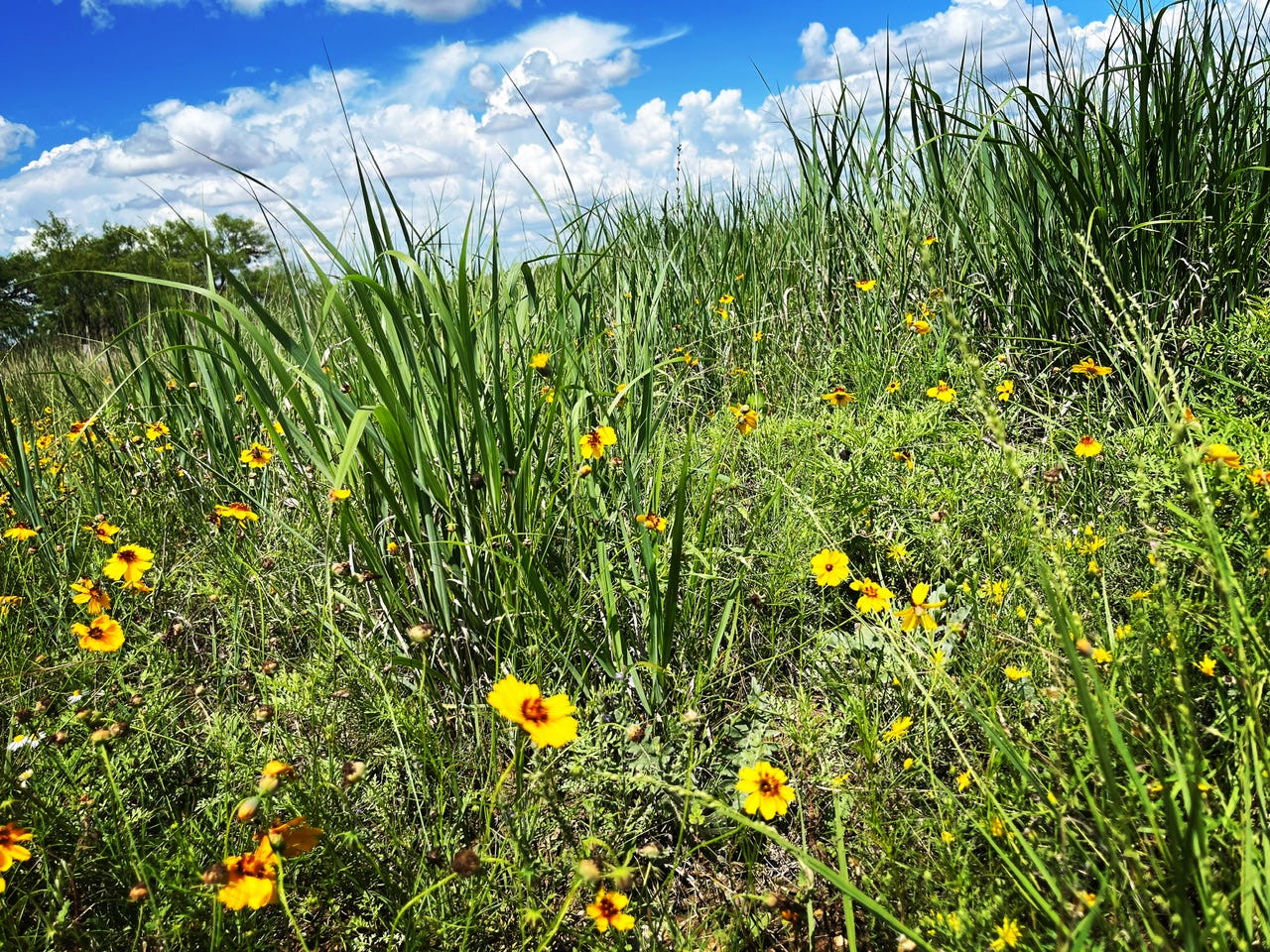Welcome to West of 98! If you are new here, read more about my Substack here. If you have not read my letter to new Secretary of Agriculture Brooke Rollins, I recommend it. Every month, I summarize my writing and a few good reads and recommendations here.
Author’s Note: this essay originally ran on National Prairie Day in 2023, but as I was contemplating the American prairie over the weekend, I thought it was worth a read for my new subscribers here at West of 98.
The prairie is a peculiar thing. Seemingly simple, it is deeply complex. To the uninitiated, it is easy to drive for miles through a prairie landscape and see only nondescript grass. You might think it all looks the same, but within only a few square feet of a healthy prairie, there may be dozens of species of plants, hundreds of small animals, and literally billions of microorganisms and fungi. This complex nature can be understated because the prairie lacks the imposing height of the forests or the exotic allure of the deserts. Yet, how must the American pioneers have felt as they pushed out of the eastern temperate forests and onto the Great Plains? They saw a sea of grass, famously “belly high to a horse,” stretching endlessly on to the horizon. It must have been rather intimidating to those pioneers who had never encountered such a thing.
The prairie has always enamored me. As a child, the prairie was essential to the tales of the Old West that I voraciously consumed through western novels. As I got older, I joined the FFA and I encountered a competition called range and pasture judging. It required hours of practice in learning about the prairie, studying its characteristics, and identifying individual plants from memory. It was as much fun as a person like me could legally have. For those other humans who dealt with me then and even now, as I have not forgotten those skills, they might use the word “obsession.” I regret nothing.
I am writing this on June 7, 2025, which is “National Prairie Day.” This day was established in 2016 to emphasize the importance of the prairie ecosystem. For much of American history, the prairie has not received its just due. As those pioneers encountered it, many of them passed through in search of greener climates. Other pioneers found it a land of horrors, suffering the consequences of sparse water, dangerous weather, and native tribes who weren’t exactly thrilled to share their sacred lands. As for the pioneers who survived, many attempted to scratch out a living on meager homesteads. Hucksters of the business and political classes encouraged those settlers to plow up the prairie. They told the settlers this would create more rainfall and create rich, fertile farmland. It was indeed fertile for a while, but the rain does not actually follow the plow and the prairie bore the brunt of the Dust Bowl as a result.
Since those days, we’ve learned much about the proper use of the prairie. Yet, the news is not all good. We’ve still paved over too much prairie with suburban sprawl. We’ve converted much marginal farmland back to the prairie that it was intended to be, but some government programs prohibit those lands from being grazed by cattle. Activists clamor to remove more livestock from our prairies in the name of the “environment.” Never mind that the prairie’s grasses evolved symbiotically with grazing animals and the grazing is necessary for the health of the plants, the animals, the soil, the water, humanity, and our very planet itself. For those who advocate to reduce carbon emissions and to remove carbon from our atmosphere, I point you to the prairie. Governments, corporations, and technocrats are currently spending billions of dollars to concoct schemes to sequester carbon. They could spend every dollar ever printed and they’d still never build anything as powerful and reliable for carbon removal as a well-managed prairie.
Across North America, many people find just as much obsession in the prairie as I do and they are working hard to restore, rebuild, and preserve the prairie. They are utilizing conservation programs, land trusts, regenerative agriculture practices, and a host of other tools to make a lasting positive impact on the ecosystem. It took thousands of years of hard work by God and nature to create the sea of grass that the pioneers encountered. It took man only a few generations to undo all that hard work. I often wish that I could have viewed the sea of grass. That was not to be, but today I am inspired by those who will ensure the sea of grass’s remnants live on. With their hard work and ideas, and hopefully with some of my own, we can leave the sea of grass larger and healthier than prior generations found it.
I named this newsletter West of 98 out of affinity for my place. It is a recognition of how a place shapes a person, a people, and a perspective on the world. My place is the prairie. As a traveler journeys west of the 98th Meridian in North America, the rainfall tapers off. The landscapes and ecosystems change as a result. Life—human, animal, and plant—must adapt or die. The prairies are present east of the 98th Meridian, but they are interspersed with other ecosystems. West of 98, the prairie dominates. It is the prairie that shapes life. It is the prairie that helped shape me.
May we ever honor and embrace the importance of the prairie.
James Decker is the Mayor of Stamford, Texas and the creator of the West of 98 website and the “Rural Church and State” and “West of 98” podcasts. Contact James and subscribe to these essays at westof98.substack.com and subscribe to him wherever podcasts are found. Check out the West of 98 Bookstore with book lists for essential reads here.





🥰🥰🥰